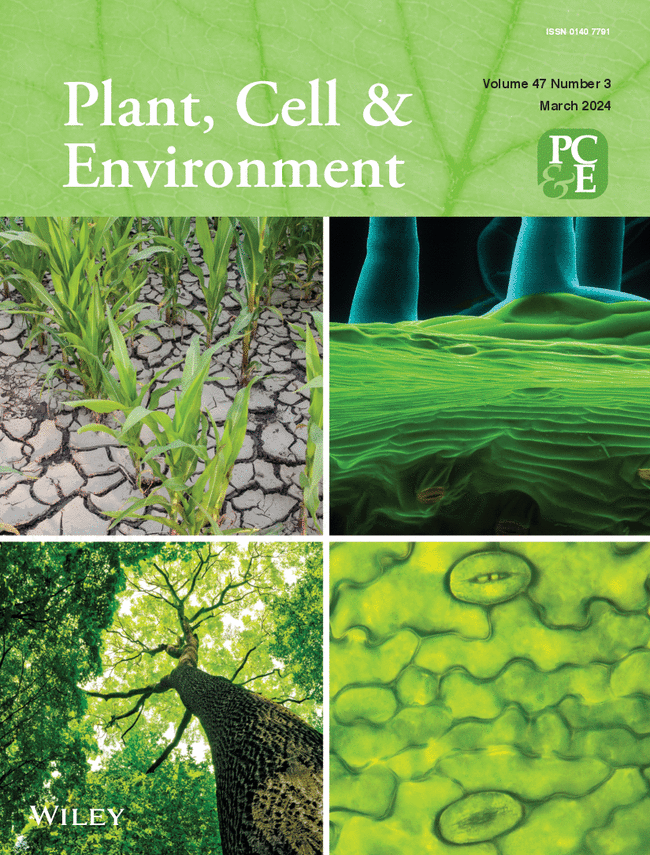HIPP33 Contributes to Selective Autophagy-Mediated Vacuolar Sequestration of Cadmium in Arabidopsis
Abstract
Cadmium (Cd), an environmentally ubiquitous heavy metal, causes phytotoxic effects to plants even at low concentrations. Plants have evolved sophisticated methods to reduce Cd toxicity. However, the regulatory mechanisms of macroautophagy/autophagy in plant tolerance to Cd remain poorly elucidated. Here, we describe the link between autophagy and Cd response in Arabidopsis, demonstrating that the metallochaperone heavy metal-associated isoprenylated plant protein 33 (HIPP33) acts as a cargo receptor to modulate the Cd response by facilitating autophagy-mediated vacuolar sequestration of Cd. In Arabidopsis thaliana, Cd exposure activated autophagy pathway. Consistently, autophagy-defective (atg) mutants displayed enhanced hypersensitivity with increased reactive oxygen species accumulation and considerably lower Cd concentrations in both roots and shoots. Moreover, we discovered that the core autophagy protein ATG8e associated with HIPP33 and recruited it for autophagic degradation in an AIM (ATG8-interacting motif)-dependent manner. Furthermore, purified HIPP33 protein directly bound with Cd in vitro. Accordingly, loss function of HIPP33 exhibited compromised Cd tolerance compared to wild-type Arabidopsis. Collectively, our findings propose a novel regulatory mechanism where HIPP33 serves as a selective autophagy receptor to target Cd for autophagy-dependent vacuolar sequestration in response to Cd stress, demonstrating the modulation of Cd detoxification by selective autophagy in plants.

 求助内容:
求助内容: 应助结果提醒方式:
应助结果提醒方式:


